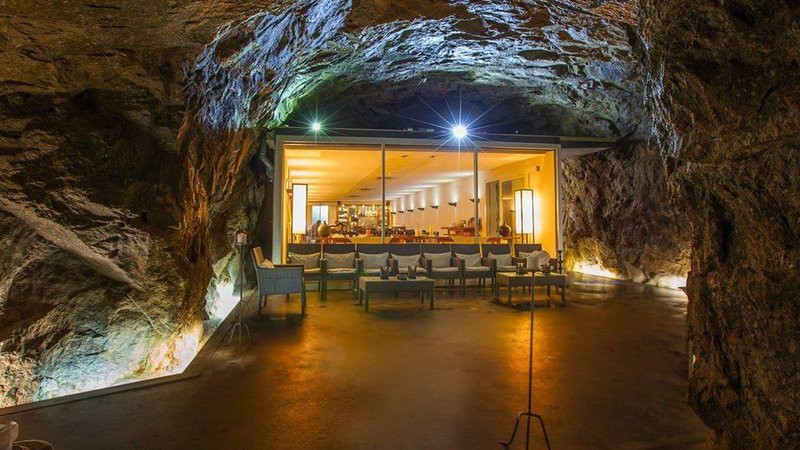Switzerland that famously neutral country, situated slap-bang in the middle of Europe, has not fought a war in over two hundred years. This fact has not stopped the Swiss Government from actively ensuring that, should neighbouring countries not respect Switzerland’s borders, there would be safe harbours for all her people and to this end there are over 300,000 bunkers located all over the country.
The Swiss government ensured that during WWII there were sufficient bunkers provided that every person would have somewhere safe to retreat to, in case of attack. The bunkers were well fortified with thick concrete walls and along with these safe havens a ‘National Redoubt’ was created in the Alps- a series of national defence lines.
When the war ended the Swiss Government maintained its bunkers and with the advent of the Cold War, it again became imperative to ensure that here was a safe haven for every man, woman and child in the country. The Government was so serious about this fact that by 1963, it was law in Switzerland that every new building had to come equipped with a bunker. This law is still in effect today, despite attempts by Swiss lawmakers to overturn it.
By their very nature, bunkers are not beautiful buildings but some towns went to great lengths to ensure that their facilities were both beautiful and designed to mislead the enemy. An example of this was Faulensee, a small town just south of Bern, which disguised its bunkers as farmhouses.
Strangely enough, even though there were so many of these bunkers dotted around the country, many Swiss people did not know that they existed.
Tom Markwalder, chief of marketing and sales for Sasso San Gottardo Museum, told Smithsonian.com, “In 2001, someone tried to break into Sasso da Pigna [an artillery fort built into the side of St. Gotthard mountain], so the government was forced to declassify it; now it’s a museum. That’s one reason why Swiss residents are so interested in seeing these massive forts up close—for years, they didn’t even know they existed.”
As these bunkers slowly come to light, the industrious and imaginative Swiss have snapped them up and turned them into useful buildings. If you are visiting Switzerland there are a few of these converted bunkers that are well worth a visit.
The bunker that started this declassification, Sasso San Gottardo, was built into the side of the St Gotthard Mountain. This top secret facility was built between 1941 and 1945 and was designed to protect and house up to 420 men for several months.
The bunker is now a museum and visitors can enjoy touring the building as it was during World War II. The tour includes the two gun batteries, the bunker cannons, and all the accommodation and prerequisites for accommodating the men. More recent exhibits include mountain crystals and renewable energy.
The bunker is now a museum and visitors can enjoy touring the building as it was during World War II. The tour includes the two gun batteries, the bunker cannons, and all the accommodation and prerequisites for accommodating the men. More recent exhibits include mountain crystals and renewable energy.
A couple of bunkers have been converted in hotels, some more successfully than others. One of the most successful conversions houses the Hotel la Claustra, which is close to the Sasso San Gottardo Museum. This hotel has kept the long hallways tunnelled out of the rock, but has incorporated many modern luxuries such as restaurants and Jacuzzis.
One unsuccessful conversion was the Hotel Null Stern which existed as a hotel for a year. This hotel classified itself as ‘zero stars’ and offered communal rooms, no room service and hot water, if you were lucky. It has since been converted to a museum, which you access via a man-hole cover. If you can fit in!
Seiler Käserei AG, is a cheese manufacturing concern that has made good use of the bunker burrowed out 650 feet below the surface, in the dolomite, flysch and chalk of the Giswil Mountain in central Switzerland. This company found that the constant temperature and humidity offered by the old ammunition storage rooms provides the perfect repository for their cheese ripening rooms.
At any one time you can find 90,000 wheels of Raclette cheese slowing maturing in their converted bunker and whilst members of the public cannot visit the old ammunition stores with their new occupants, you can sample the cheeses in the cheese shop located at the top of the bunker.
